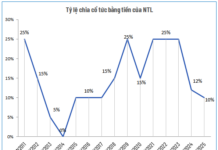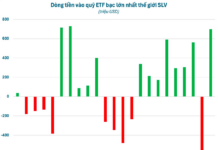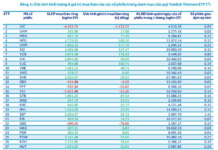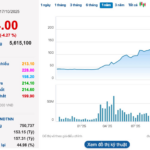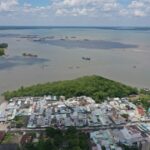Vingroup has recently submitted a proposal to the Chairman of the Ho Chi Minh City People’s Committee, seeking approval to study the investment in a sea-crossing road connecting Can Gio and Vung Tau under a Build-Transfer (BT) contract.
Following this proposal, the Ho Chi Minh City People’s Committee issued an official response, directing the Department of Finance to urgently coordinate with relevant departments and agencies to review Vingroup’s request.
Simulated video of the Can Gio – Vung Tau Sea-Crossing Project in the future, created by AI ChatGPT (for illustrative purposes only).
According to the proposal, this sea-crossing road aligns with the adjusted master plan for Ho Chi Minh City until 2040, with a vision to 2060 (Decision No. 1125/QĐ-TTg). The plan emphasizes the development of modern transportation infrastructure to enhance intra- and inter-regional connectivity.
From its former status as the “Pearl of the Far East” in the 20th century, Ho Chi Minh City is now striving to become a global metropolis in the 21st century—a hub for capital, people, knowledge, and innovation. The realization of this vision will be significantly supported by Vietnam’s most modern sea-crossing road, which will be among the top in the region.
Below are the projected images of the Can Gio – Vung Tau sea-crossing road and its envisioned future, created by AI ChatGPT. Readers can hover between the two sides for easy comparison.
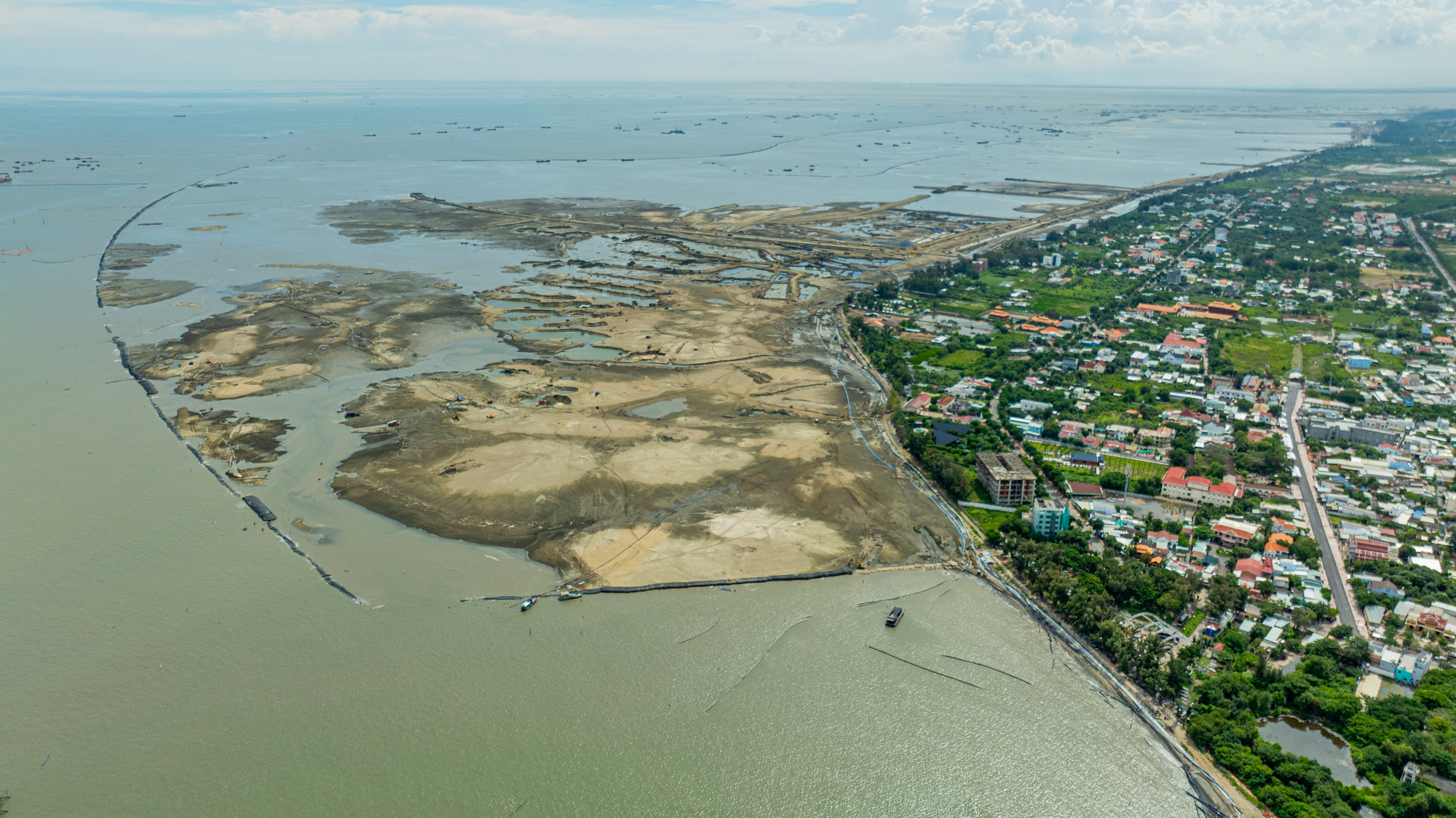
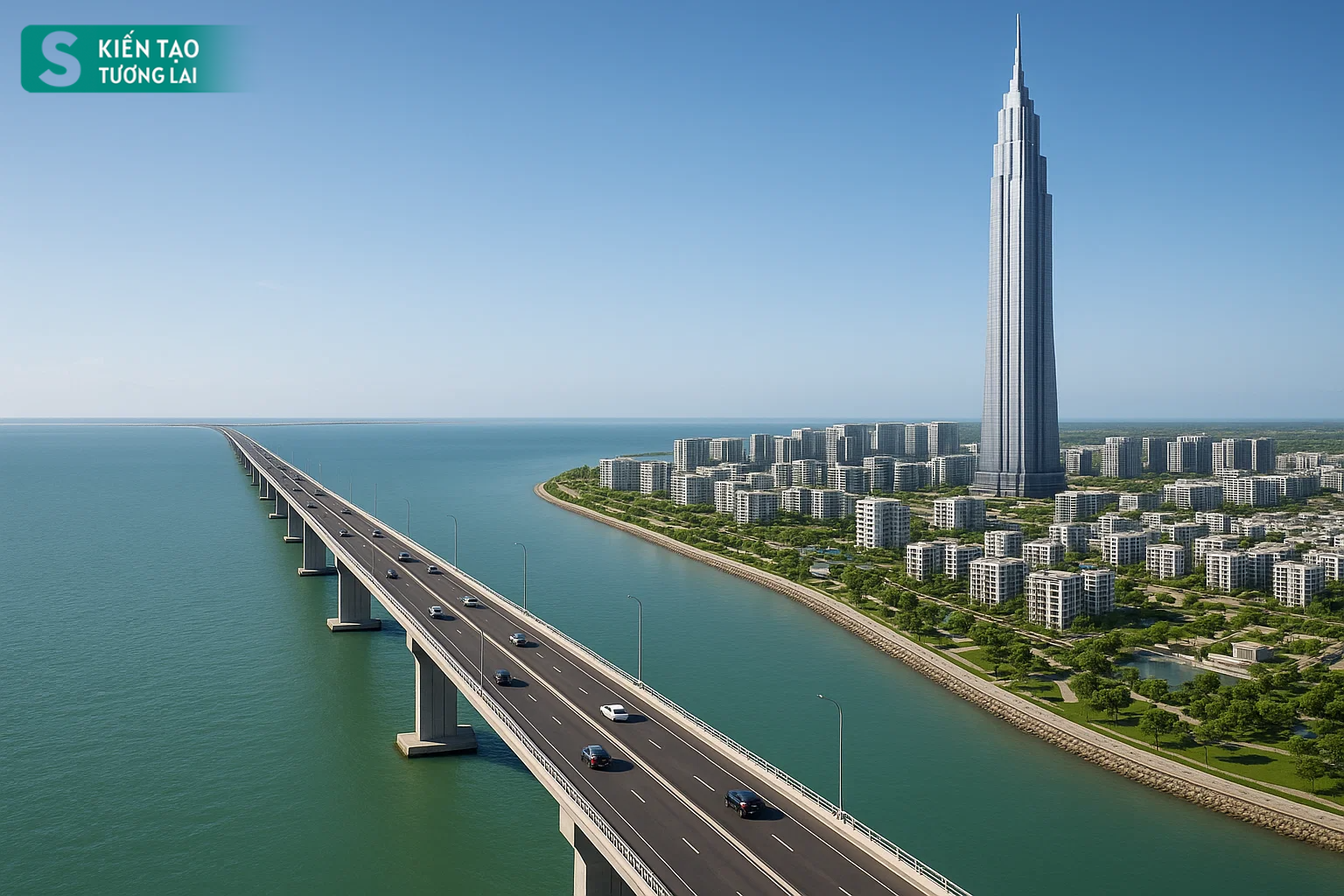
After the merger of Ba Ria – Vung Tau into Ho Chi Minh City, the need for a direct transportation axis between coastal areas has become more urgent than ever. Photo: ANTT & ChatGPT
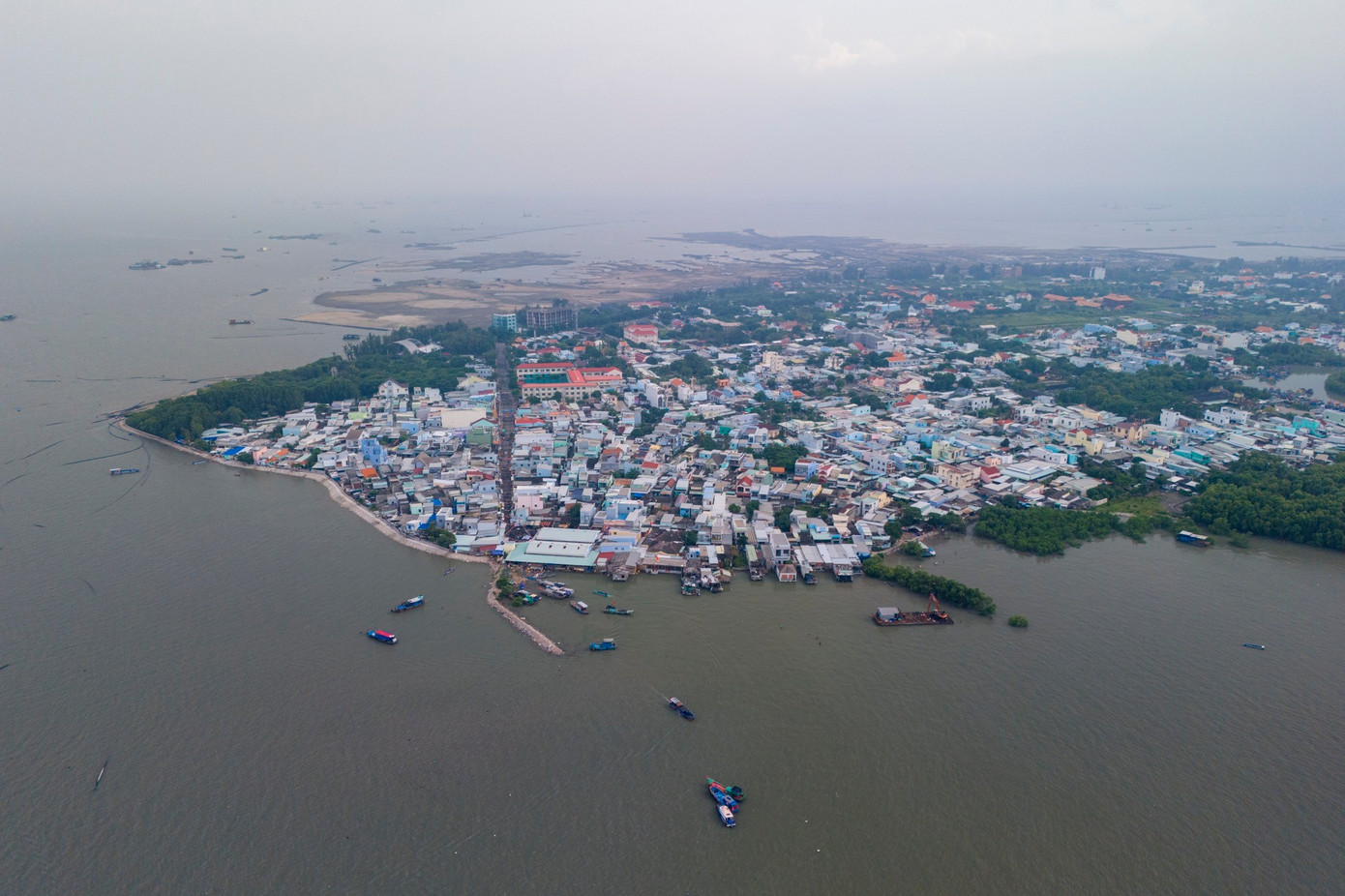
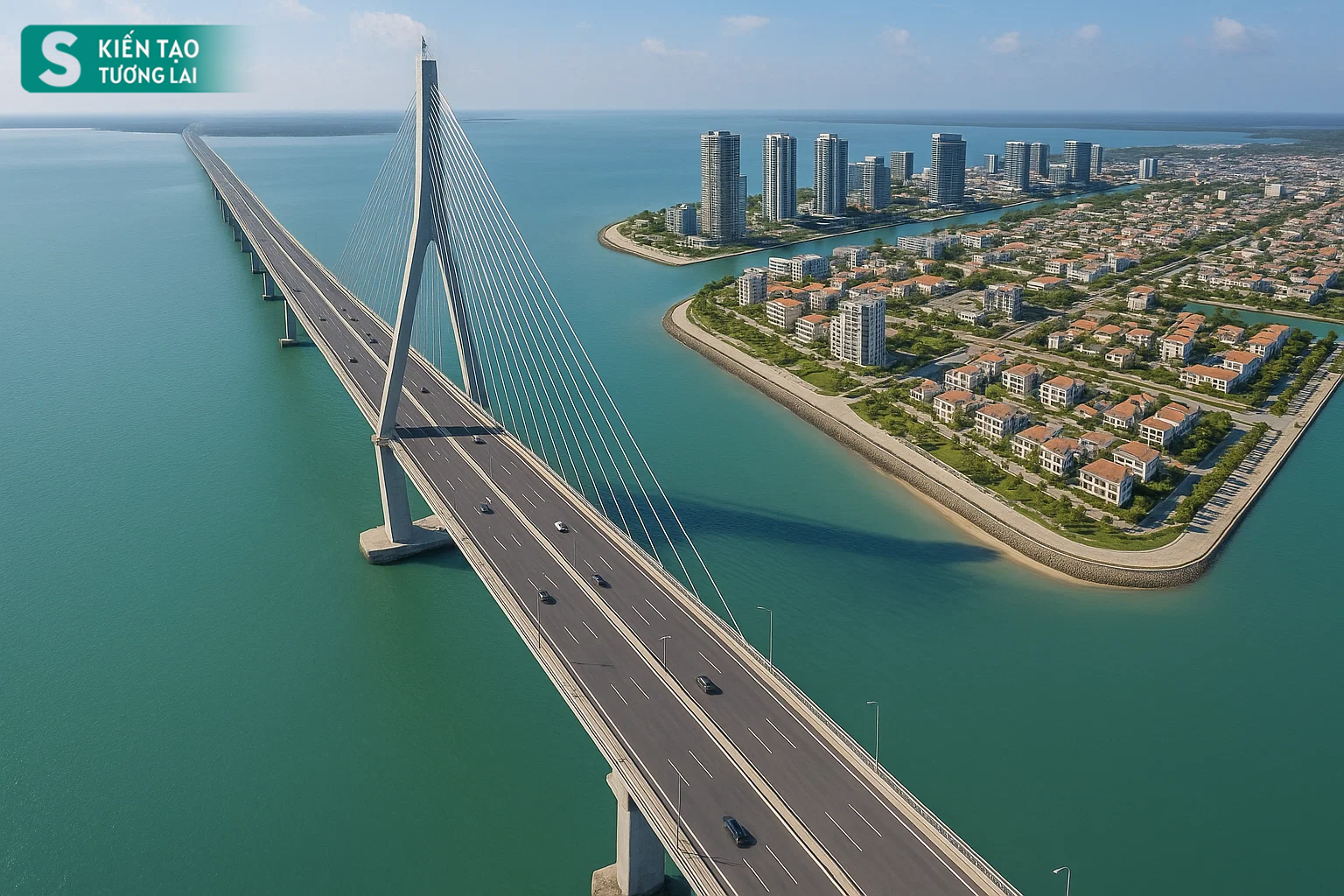
Can Gio – Vung Tau is strategically located for maritime economics, logistics, tourism, and eco-urban development, but current infrastructure remains limited, primarily relying on ferries and circuitous routes. Photo: TPO & ChatGPT
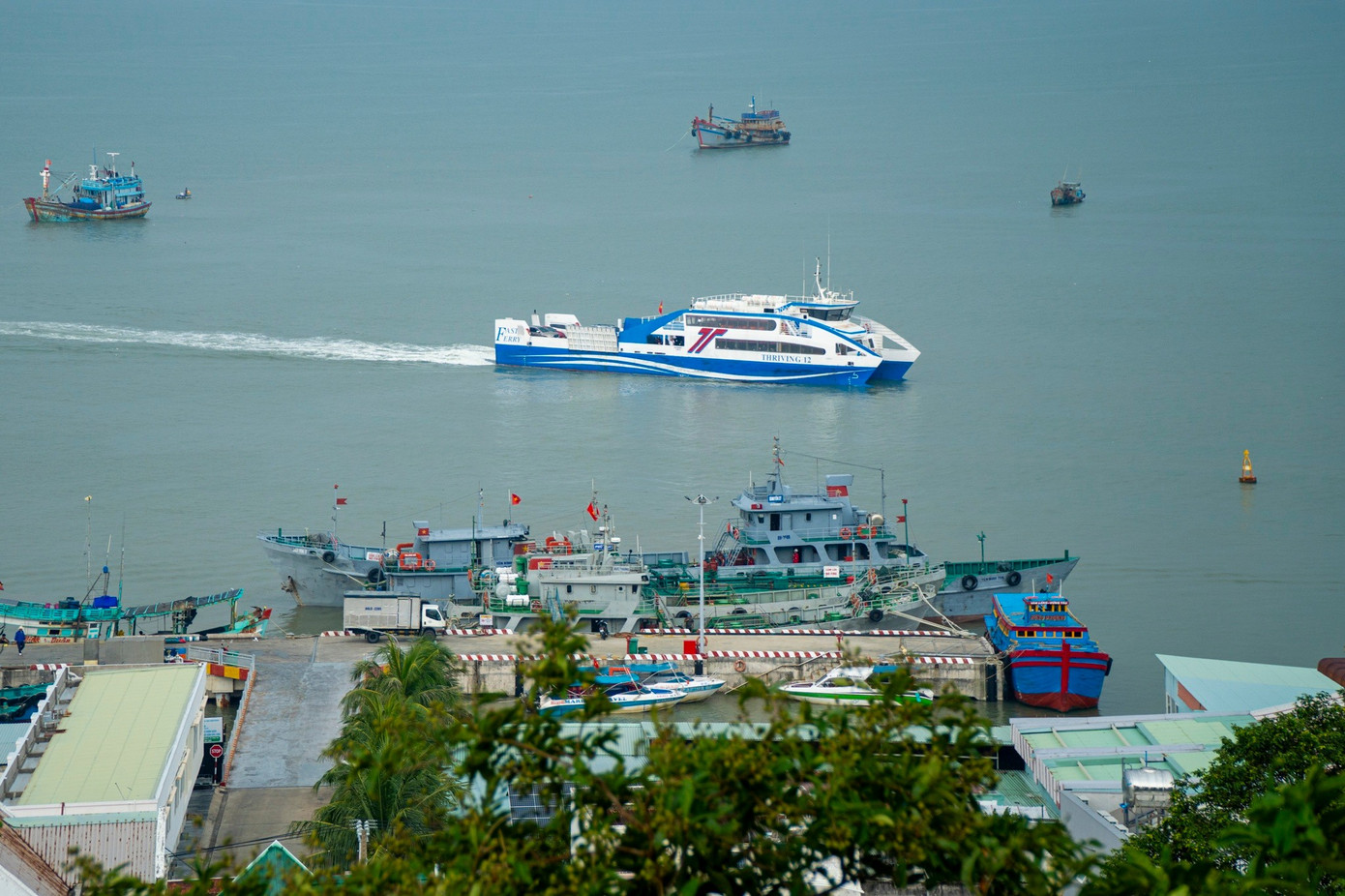
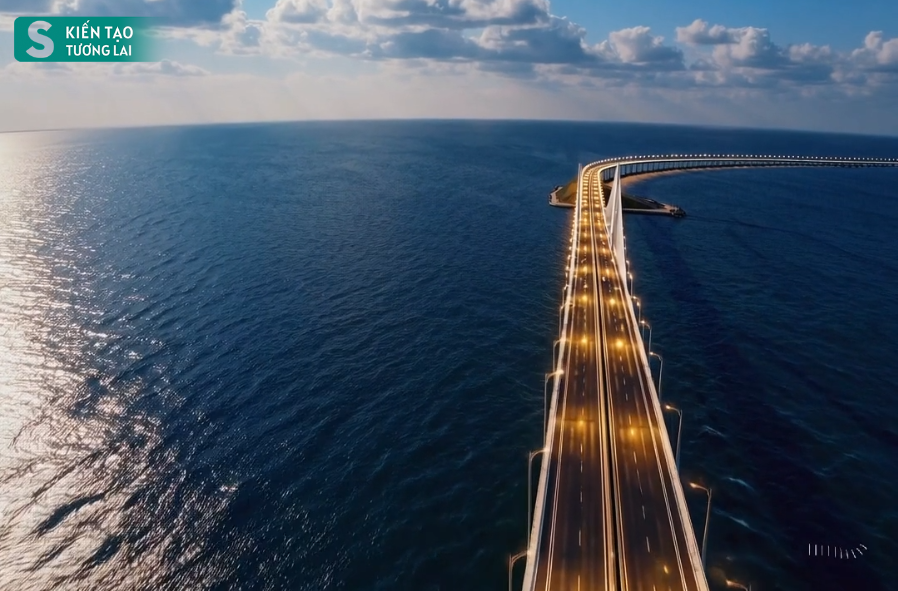
Currently, traveling between Vung Tau and Can Gio by ferry takes up to 35 minutes. Photo: TPO & ChatGPT
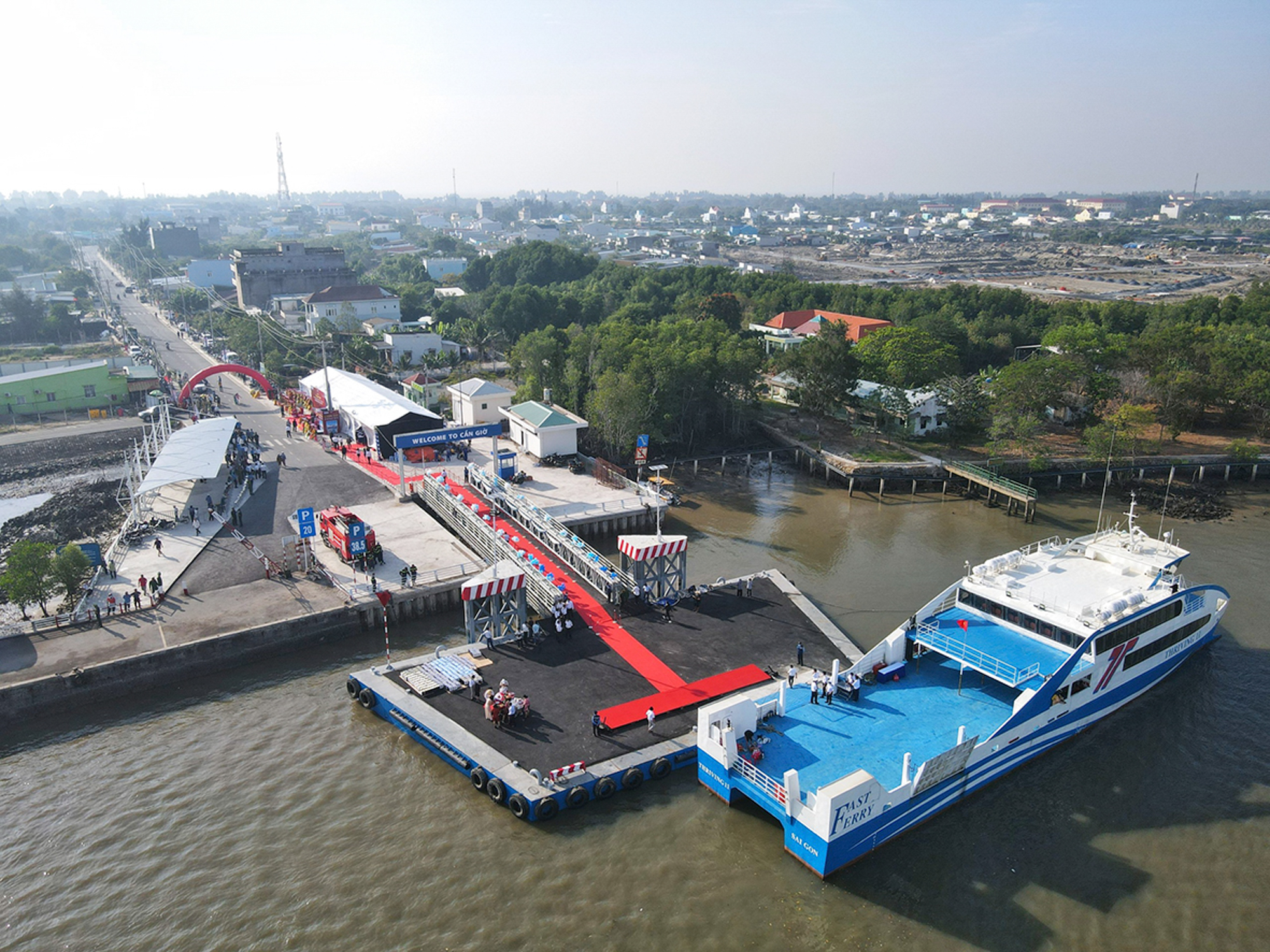
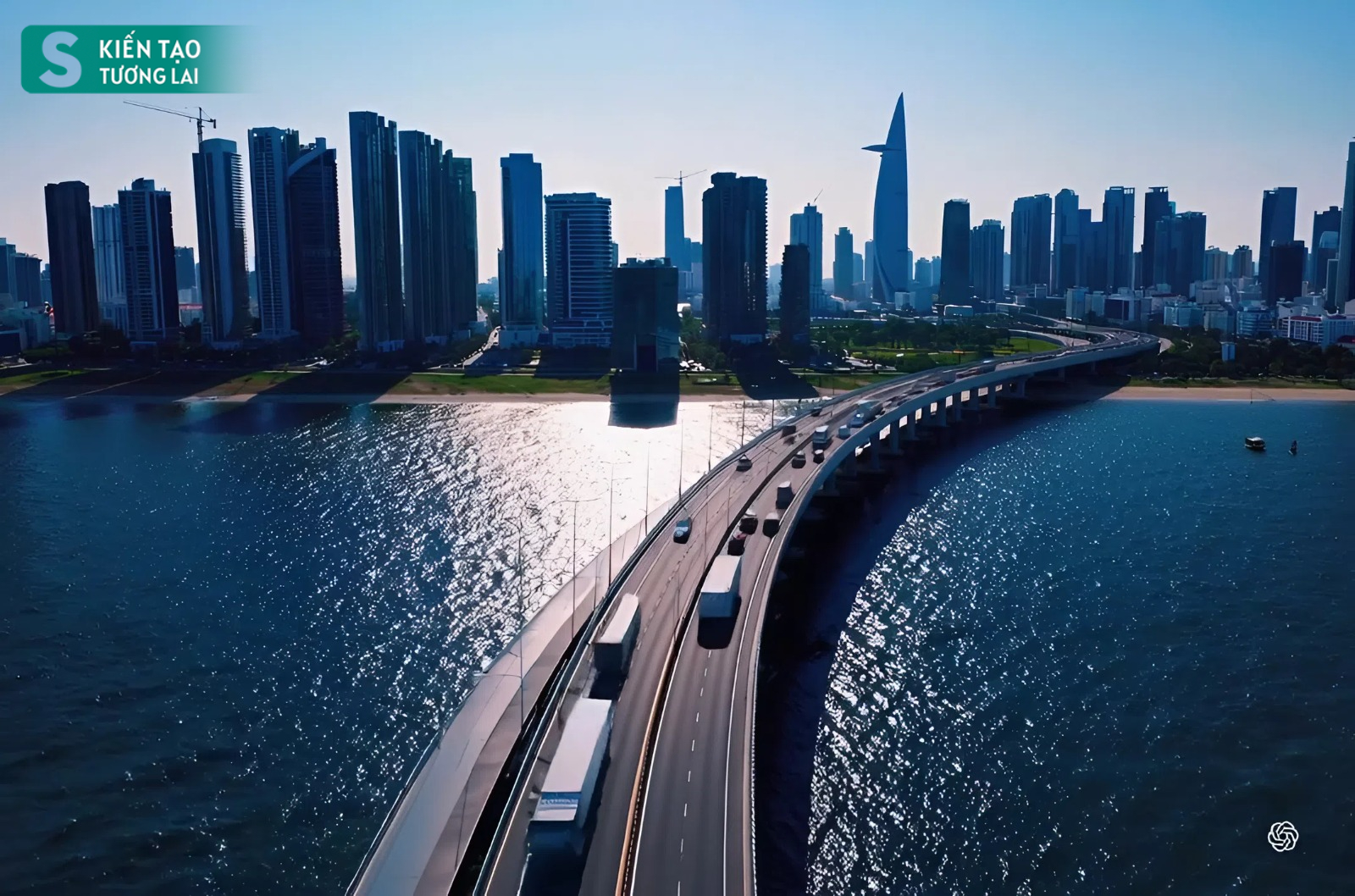
If approved, the Can Gio – Vung Tau sea-crossing road will not only reduce travel time between the two locations to approximately 10 minutes but also become a landmark in coastal connectivity infrastructure. Photo: TPO & ChatGPT
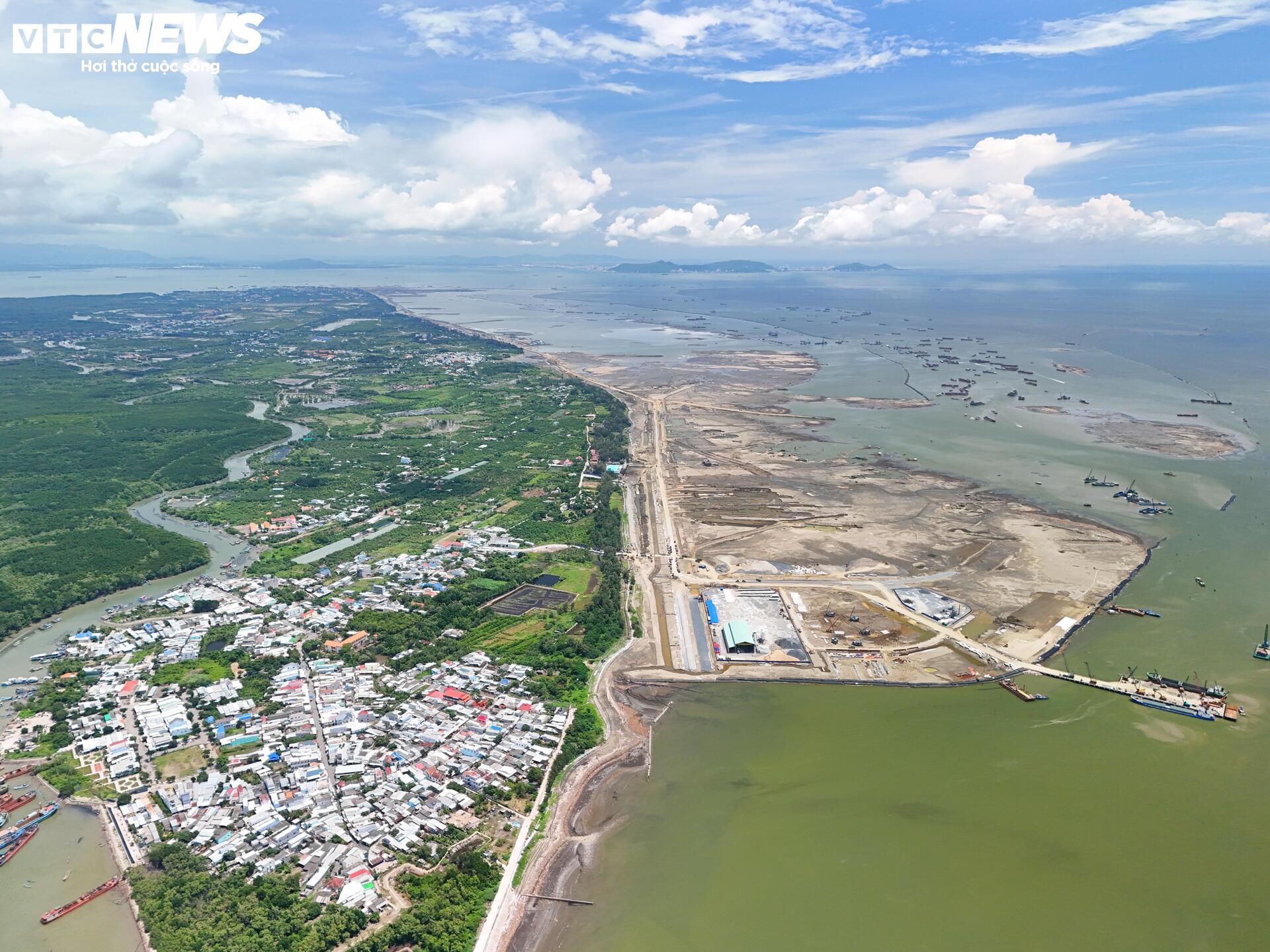
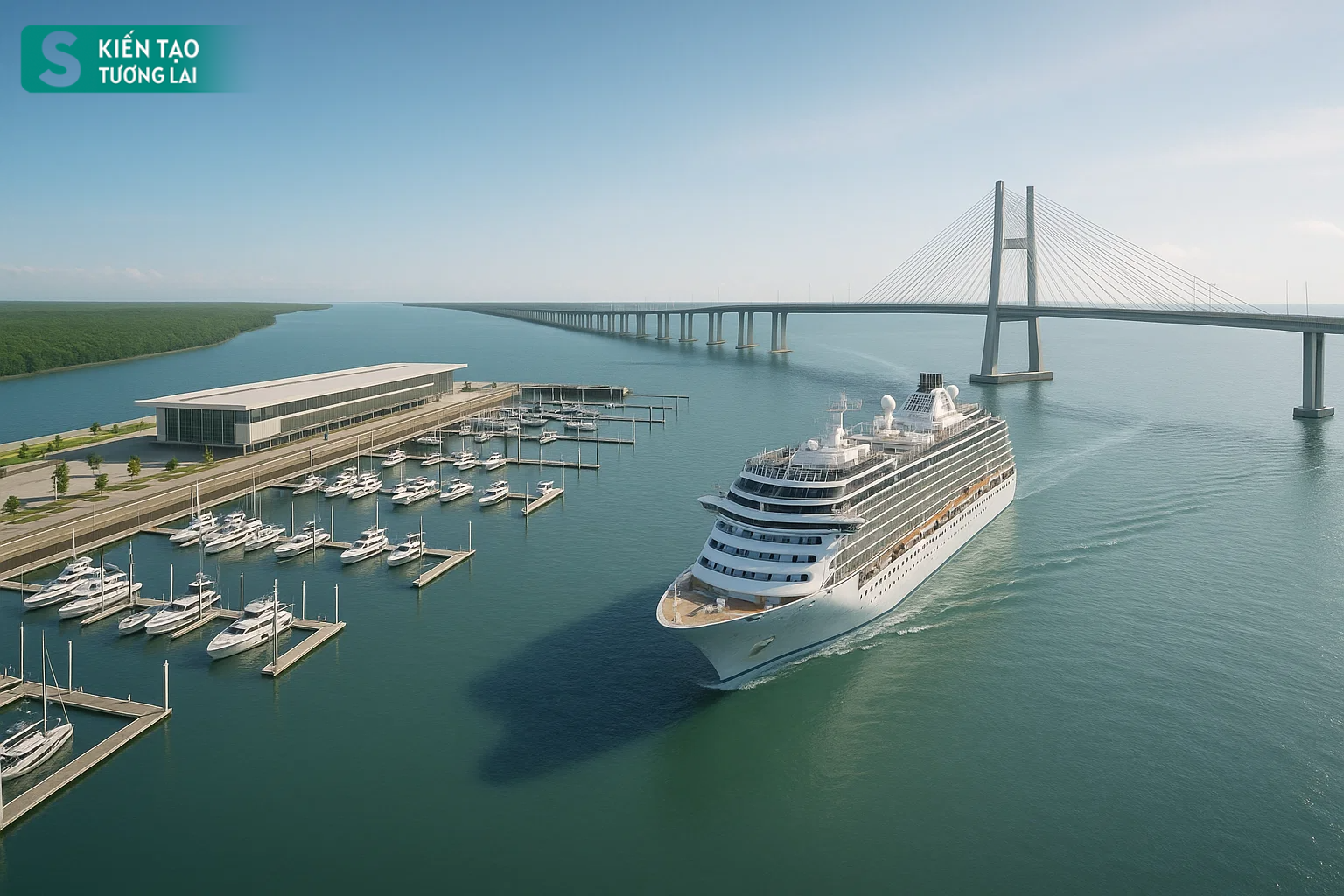
According to the initial concept, the road will span approximately 17 km with a clearance of 56 meters to facilitate international shipping. Photo: VTC News & ChatGPT
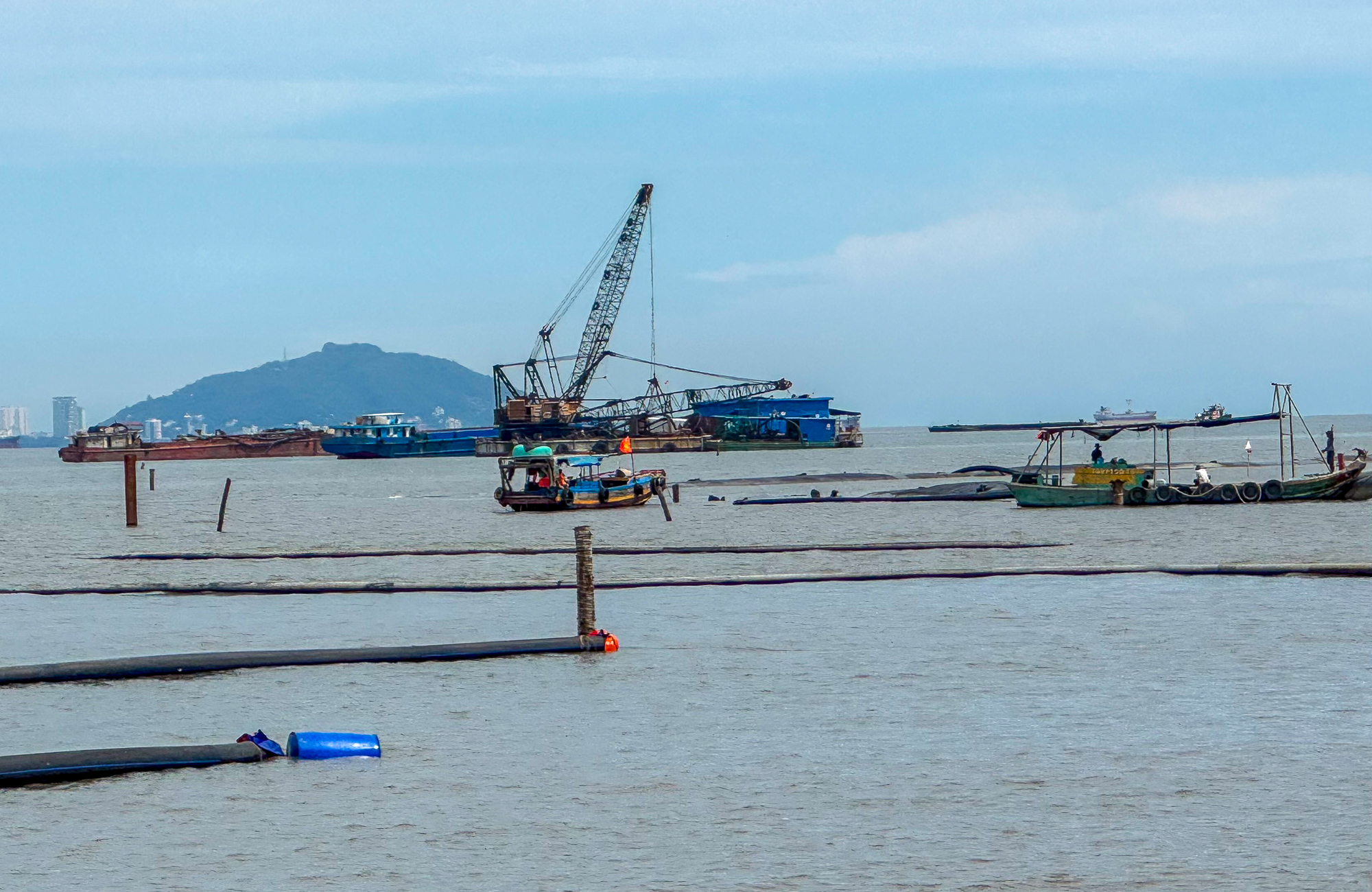
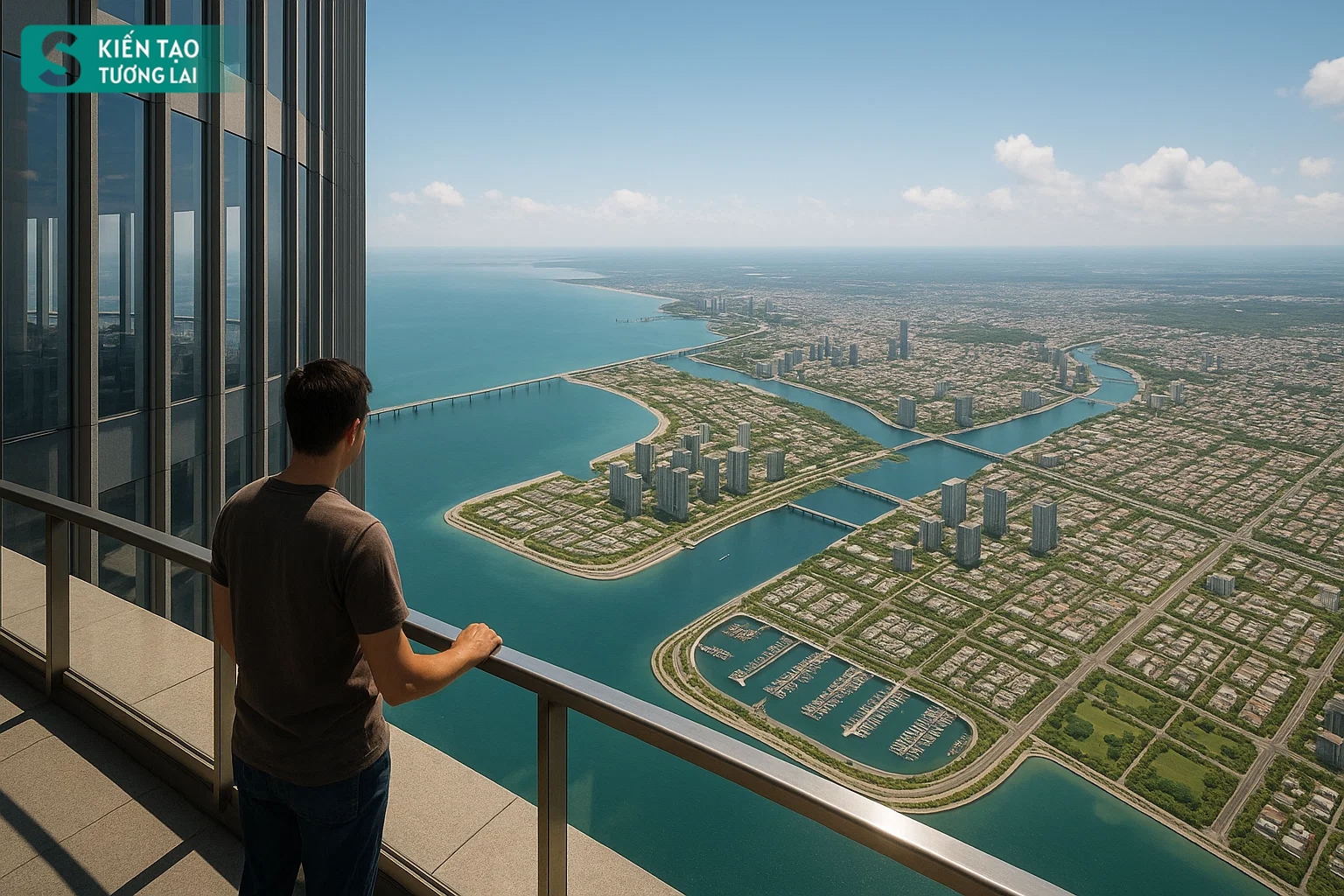
Utilizing the latest construction technologies, the Can Gio – Vung Tau sea-crossing road promises to be a new symbol of Ho Chi Minh City, the most modern in Vietnam, and among the top in Southeast Asia. Photo: ANTT & ChatGPT
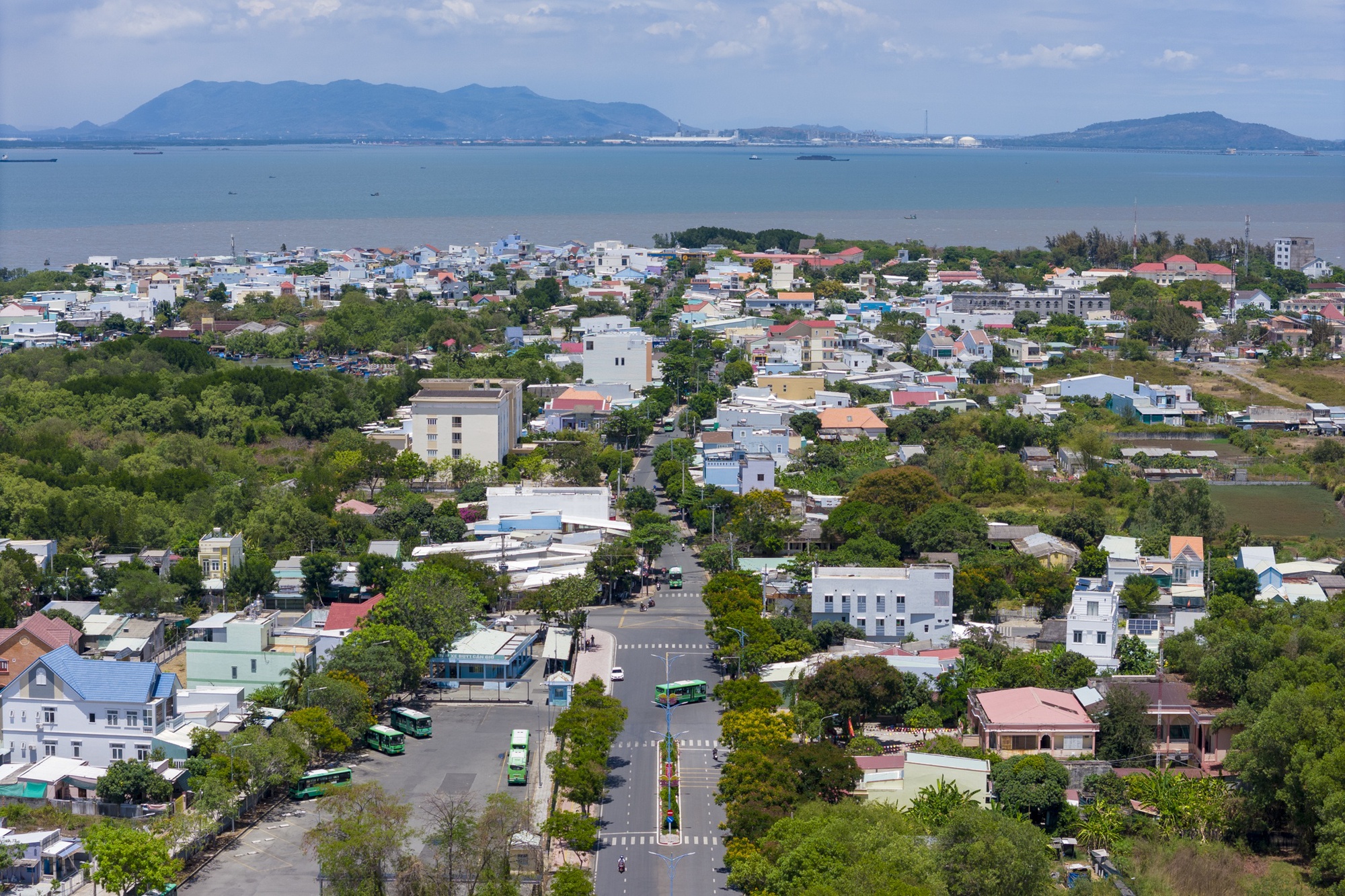
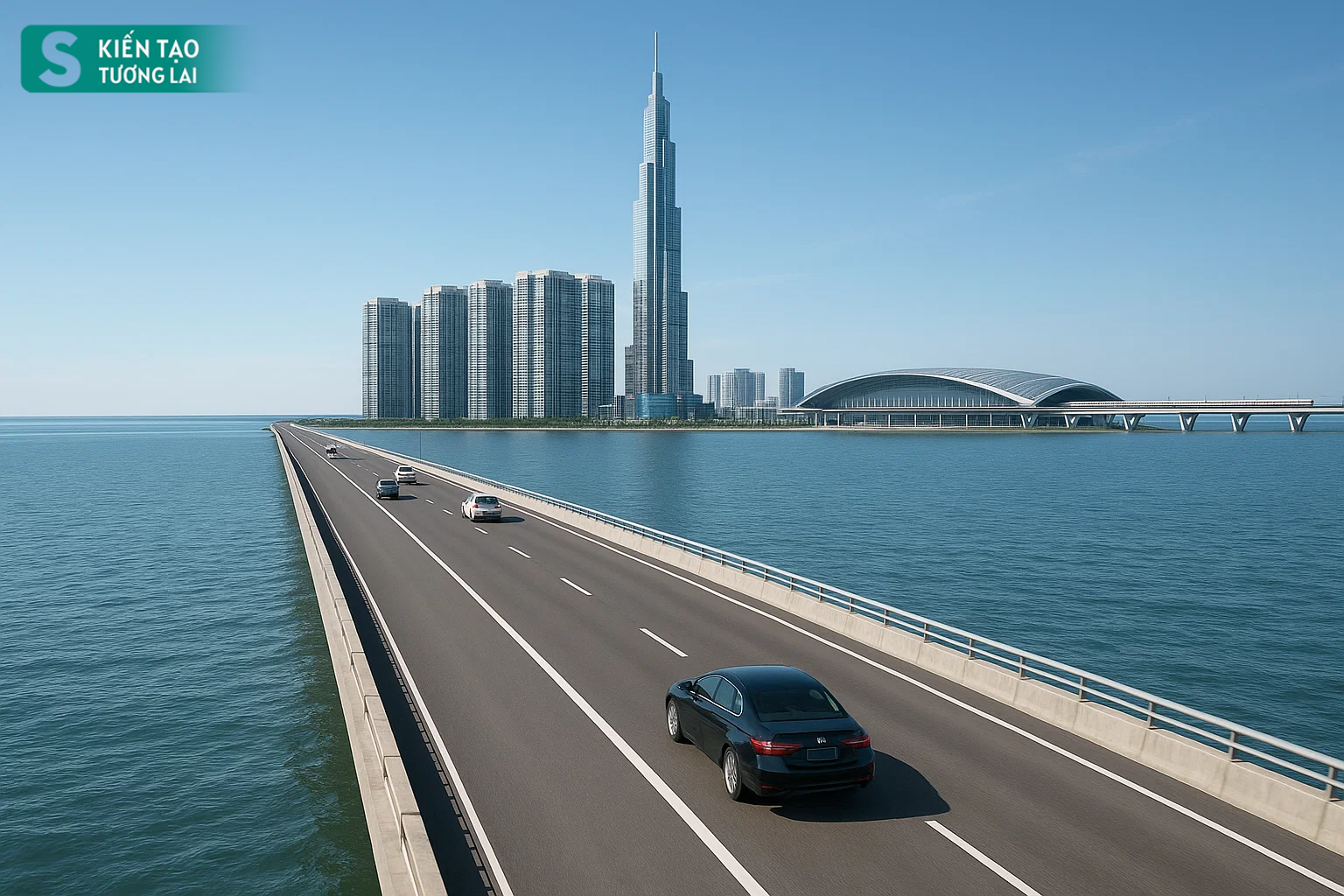
Currently, Vingroup is developing Vietnam’s largest land reclamation urban project in Can Gio, covering nearly 2,900 hectares with a 15 km coastline and an investment of nearly $10 billion. Photo: TPO & ChatGPT
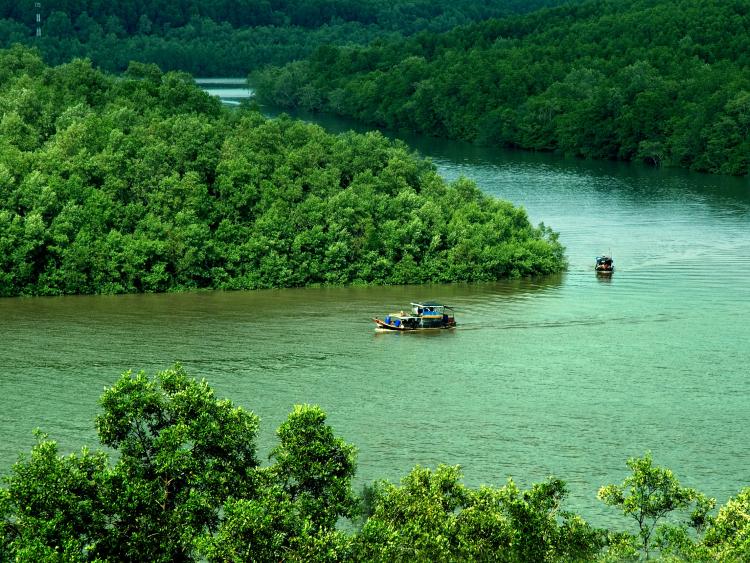
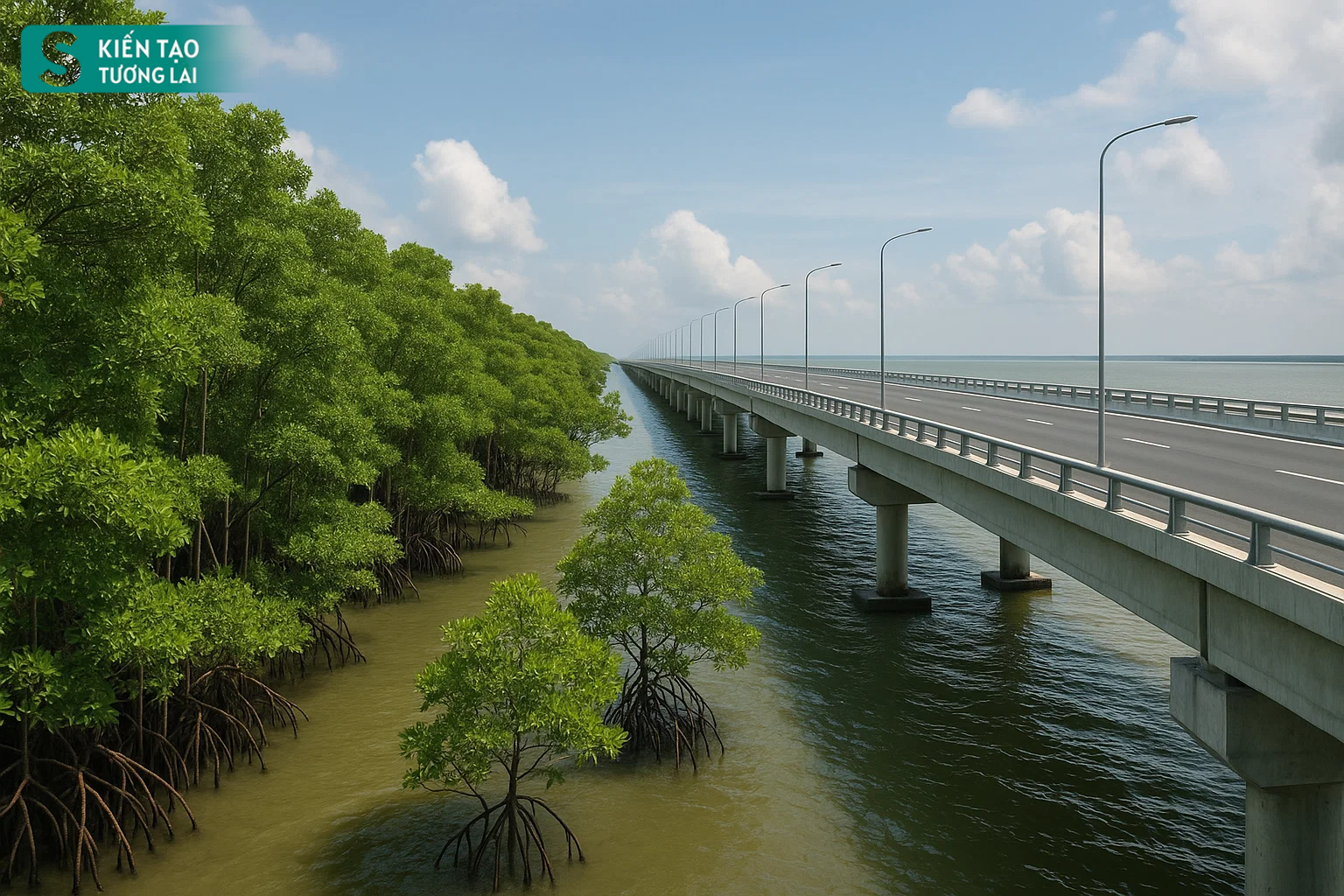
Therefore, approval to study the investment in the sea-crossing road will provide the necessary legal basis to initiate the project’s feasibility assessment. Vietnam’s leading corporation is committed to long-term partnership, contributing to sustainable coastal development and enhancing regional connectivity for Ho Chi Minh City. Photo: Ho Chi Minh City Tourism Magazine & ChatGPT
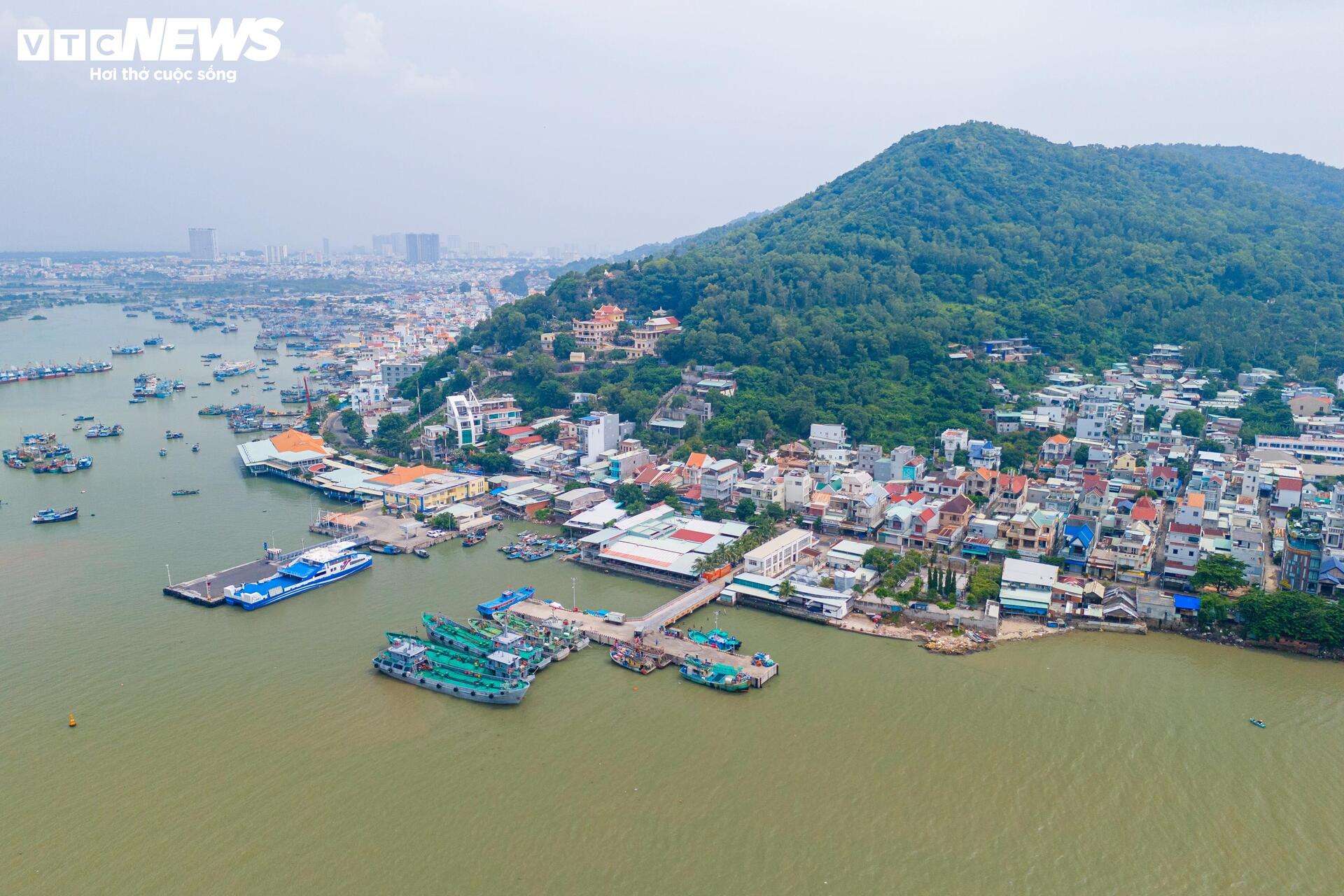
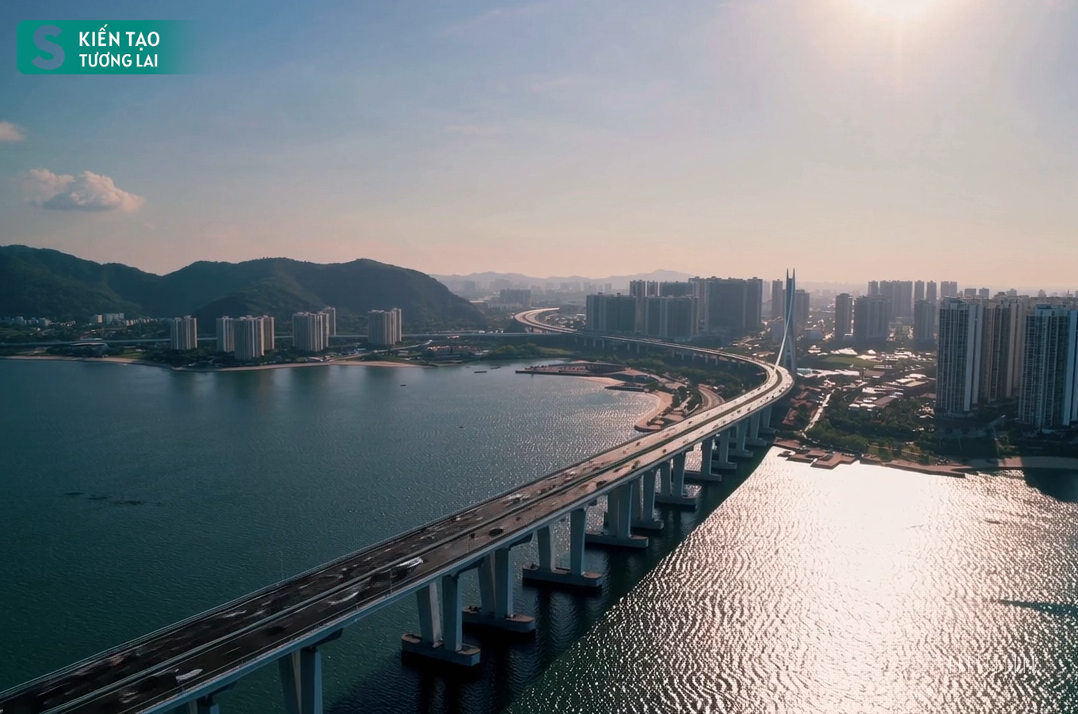
In the future, when the Can Gio International Super Port—a future “gold mine” for Vietnam’s economy—becomes operational, this sea-crossing road will play a central role in cargo transportation. Photo: VTC News & ChatGPT
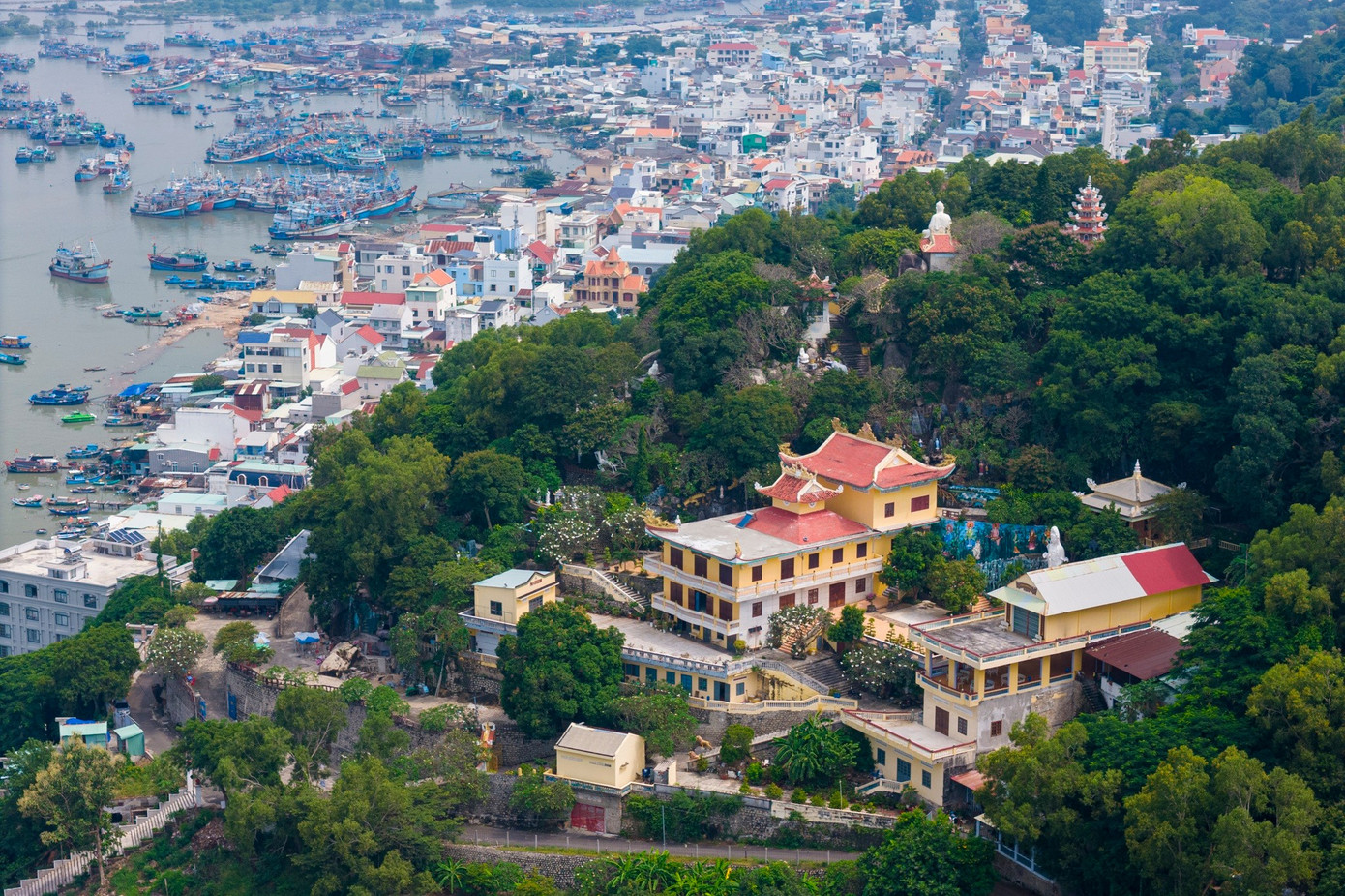
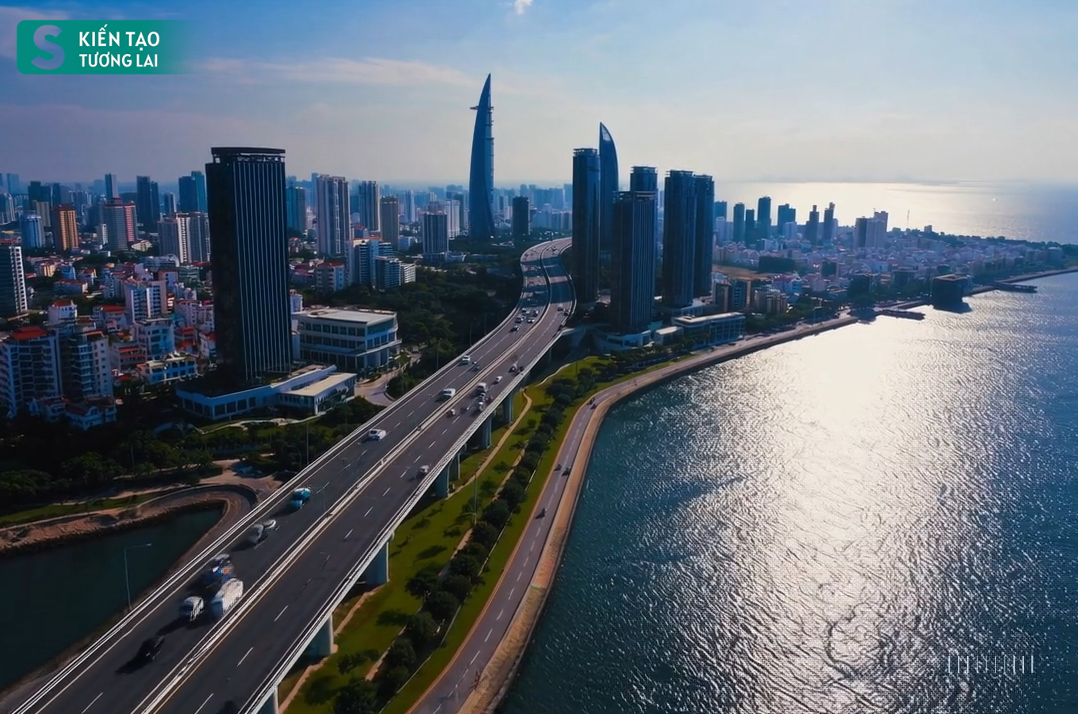
Numerous mega-projects currently underway in Can Gio will contribute to realizing the vision of transforming Ho Chi Minh City into a modern, dynamic, and internationally integrated coastal metropolis, affirming its role as a leading development hub in the Southern Key Economic Region and a top city in Southeast Asia. Photo: VTC News & ChatGPT
Vietnam Already Has One of Southeast Asia’s Longest Sea-Crossing Bridges
The Tan Vu – Lach Huyen sea-crossing bridge, connecting the mainland of Hai An District with Cat Hai Island in Hai Phong City, was inaugurated and opened to traffic on National Day, September 2, 2017.
The project had a total investment of nearly VND 11,850 billion. With a total length of 15.63 km, including a 5.44 km sea-crossing section, the Tan Vu – Lach Huyen Bridge has become Vietnam’s longest sea-crossing bridge and one of the longest in Southeast Asia.
“Ho Chi Minh City Directs Review of Handling Plan for Prime ‘Thương xá Tax’ Land”
In relation to the land plot at 135 Nguyen Hue and 39 Le Loi, Saigon Ward (former District 1) – the former site of Thuong Xa Tax – the Chairman of the Ho Chi Minh City People’s Committee has directed the Department of Agriculture and Environment to take the lead, in collaboration with the Department of Construction and the Department of Finance, in reviewing, evaluating, and proposing solutions for handling the matter to ensure efficiency and compliance with legal regulations.












